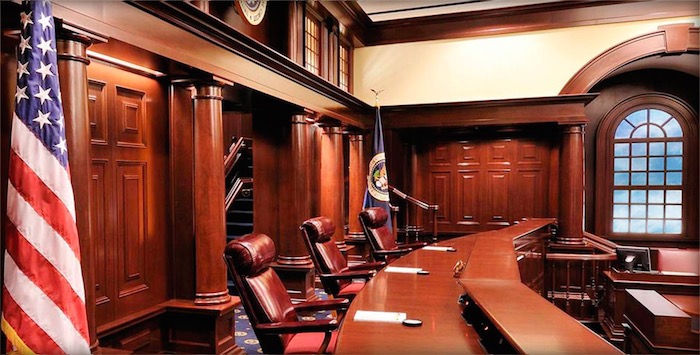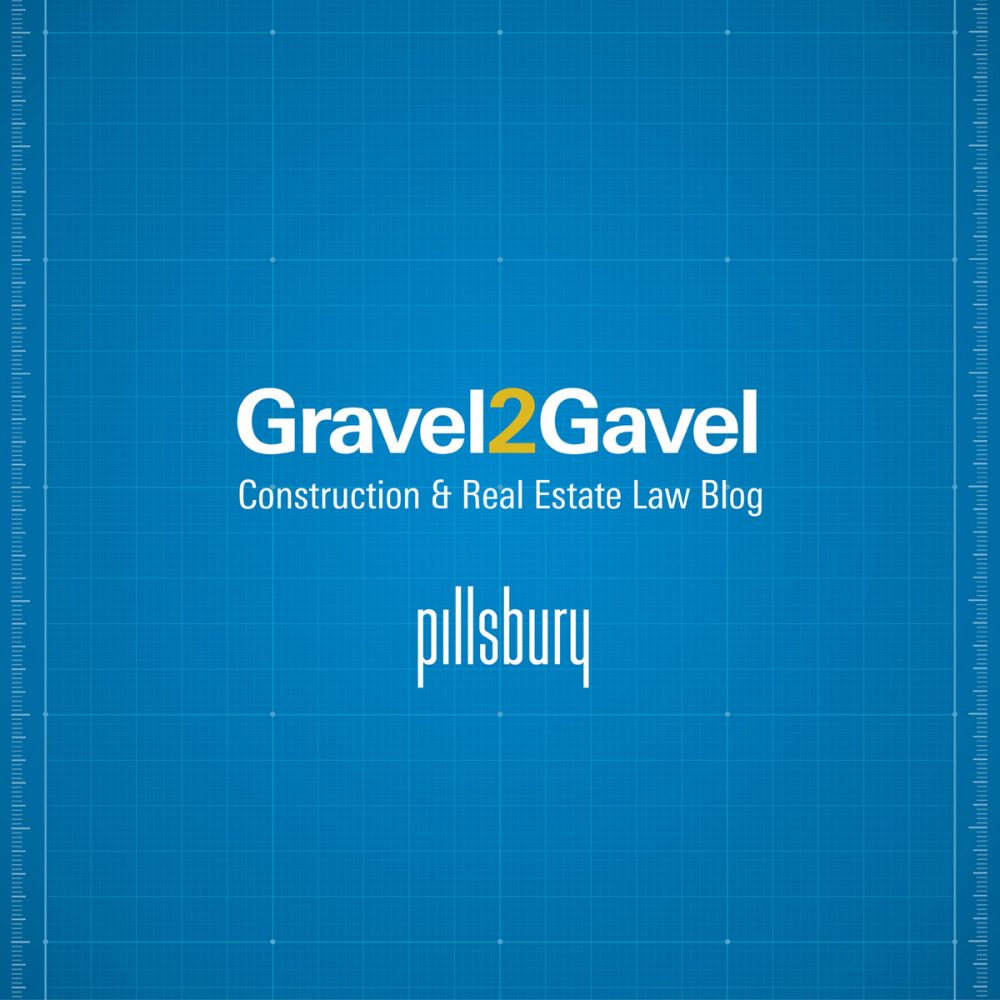Full Federal Circuit to Review Challenge to Test for Design Patent Obviousness
“In its petition, LKQ explained that design patents are ‘generally subject to the same requirements as patents for inventions’ and that KSR’s holding that obviousness should be ‘an assessment that focuses on the knowledge and motivations of a person having ordinary skill in the relevant art’ should therefore apply.”
The U.S. Court of Appeals for the Federal Circuit (CAFC) has granted a rare en banc review of its January, 2023, decision in LKQ Corporation v. GM Global Technology Operations, which affirmed a Patent Trial and Appeal Board (PTAB) ruling that LKQ failed to show by a preponderance of the evidence that GM’s design patent was anticipated or would have been obvious.
U.S. Patent D855,508 covers a “vehicle front skid bar.” In its January decision, the Federal Circuit explained that “applying the tests established in Rosen and Durling, the Board found that LKQ failed to identify a sufficient primary reference, and therefore failed to prove obviousness by a preponderance of the evidence.
The so-called Rosen-Durling test requires that, first, under In re Rosen (C.C.P.A., 1982), courts identify a prior art reference “the design characteristics of which are basically the same as the claimed design.” Next, under Durling v. Spectrum Furniture Co., 101 F.3d 100, 103 (Fed. Cir., 1996)), if such a reference is identified, the court consider whether it can be modified based on other references to come up with “the same overall visual appearance as the claimed design.”
The Federal Circuit ultimately said that “[w]e, as a panel, cannot overrule Rosen or Durling without a clear directive from the Supreme Court.”
LKQ argued in its petition for en banc rehearing in March that the CAFC and its predecessor court have been applying a “rigid approach” to determining obviousness of design patents for 40 years, and that the Supreme Court’s 2007 holding in KSR International v. Teleflex, Inc. expressly overruled such an approach. The petition asked the en banc court to consider the following two questions:
“1. Whether the rigid approach to evaluating the obviousness of designs under In re Rosen, 673 F.2d 388, 391 (CCPA 1982) and Durling v. Spectrum Furniture Co., Inc., 101 F.3d 100 (Fed Cir. 1996) is consistent with the Supreme Court’s interpretation of 35 U.S.C. § 103 in KSR Int’l Co. v. Teleflex, Inc., 550 U.S. 398 (2007); and
2. What standard, consistent with KSR and 35 U.S.C. §171, should replace the current requirement that a patent challenger identify a primary reference that is basically the same as the claimed design as a prerequisite to evaluating obviousness and the further limitation that allows modification of the primary reference only if there is a secondary reference that is “so related” to the primary reference that the appearance of certain ornamental features in one would suggest the application of those features to the other.”
In its petition, LKQ explained that design patents are “generally subject to the same requirements as patents for inventions” and that KSR’s holding that obviousness should be “an assessment that focuses on the knowledge and motivations of a person having ordinary skill in the relevant art” should therefore apply.
In today’s Federal Circuit decision to grant en banc review, the court vacated the January panel opinion and asked the parties to address six specific questions in their briefs, paraphrased below:
- Does KSR abrogate In Re Rosen and Durling?
- If it does not, should the court nonetheless modify the Rosen-Durling test in any way in view of KSR’s holding that obviousness tests should not be rigid?
- What should the new test be if so?
- Has any precedent from the CAFC already taken steps to clarify Rosen-Durling?
- Would eliminating or modifying the test create uncertainty?
- What differences are there between design and utility patents and what role should those difference play in a test for design patent obviousness?
The court also invited the views of the U.S. Solicitor General.
It has been some time since the Federal Circuit has gone en banc to clarify patent law. Retired CAFC Chief Judge Paul Michel has commented on this fact in the context of patent eligibility law numerous times recently, and last year said at an IPWatchdog event that “there’s been a tremendous failure on the part of the Federal Circuit, first to provide clarity and rigorous analysis and rationalism, but secondly to clean up disparate decisions and provide clarity by going en banc.”
Chris Carani of McAndrews Held & Malloy called the development “historic”:
“The case marks an historic occasion in design patent jurisprudence; it is only the second time that the en banc Federal Circuit has taken on a design patent case. The last time was in 2008 for the seminal case of Egyptian Goddess v. Swisa.
The en banc court seems to have the appetite to fundamentally rework the test for determining whether a design patent complies with the Patent Act’s non-obviousness requirement. Changes to the test will not only affect design patents for years to come but also the hundreds of thousands of currently issued design patents.
By the nature of its questions, the en banc Federal Circuit realizes that reworking this area of the law is not as simple as striking down the currently employed test or applying the Supreme Court’s KSR test, which regards utility patents (not design patents). If it makes a change (which it seems poised to do), the en banc court has signaled that it needs a viable alternative test to put in its place that avoids the concerns of a rigid rule, while taking into account the peculiar aspects of design patents.”
This article has been updated since publication to include Chris Carani’s commentary.
Eileen McDermott
Eileen McDermott is the Editor-in-Chief of IPWatchdog.com. Eileen is a veteran IP and legal journalist, and no stranger to the intellectual property world, having held editorial and managerial positions at […see more]







